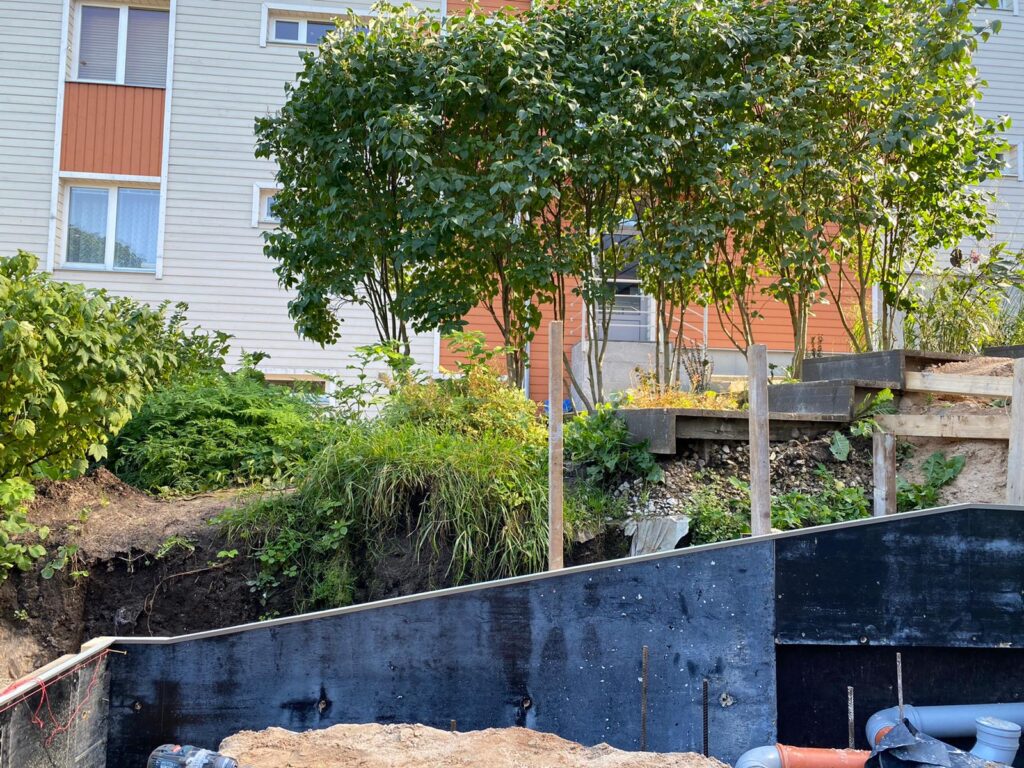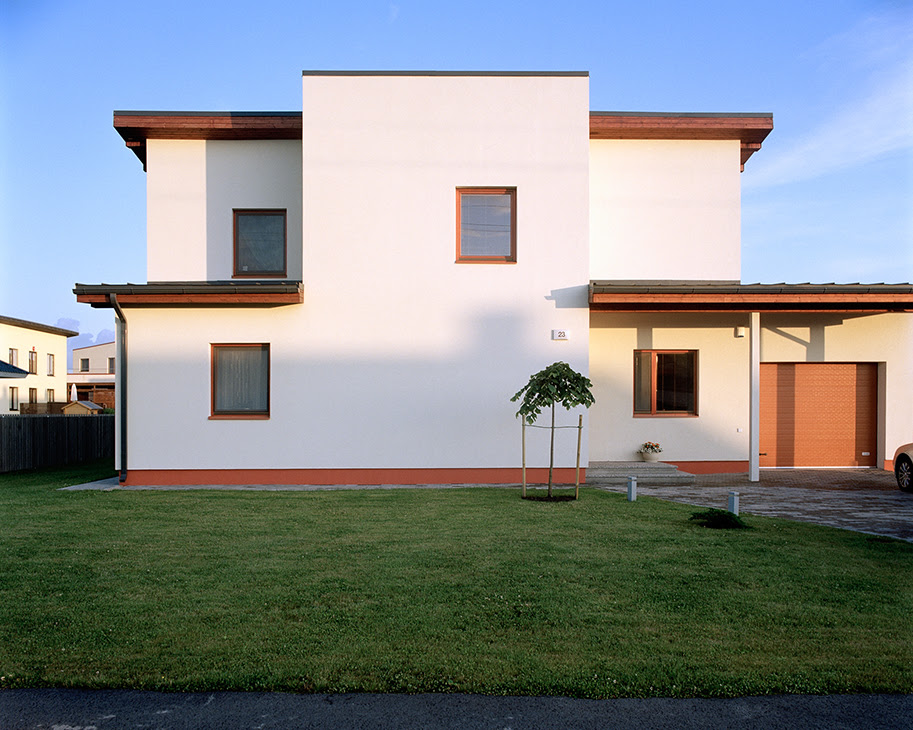Roland Reemaa: building material
Although seemingly mundane, the role of materials is becoming increasingly relevant in the process of spatial design. Next to manufacturing and construction methods, a Pallasmaa-like sensorial sensibility, physical limitations, experimenting with digital possibilities or optimisation from an engineering point of view, building materials have become a focal point in the era of the Anthropocene and climate crisis, raising questions about building as a cultural act.
From an environmental point of view, the production of materials, delivery chains and construction processes all combined constitute the most draining human activity on the planet. Any architectural project, starting from school, should begin with a mental exercise around the reasons why building is not necessary. That does not inhibit creativity, instead it sets higher criteria for personal, humane, and environmentally conscientious values.
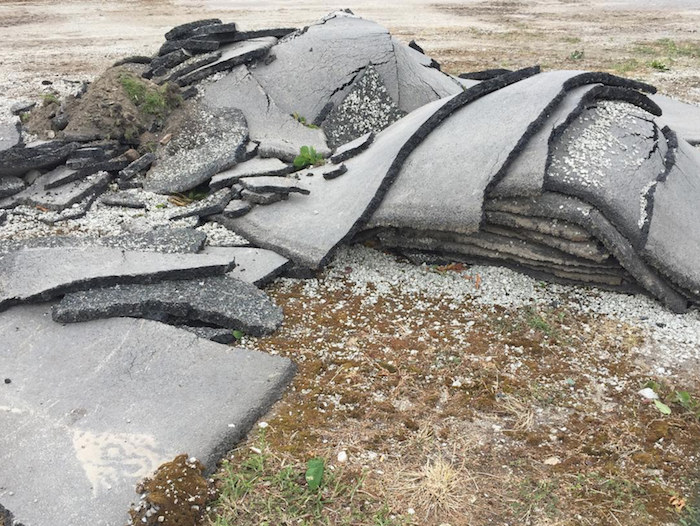
If one is to build, then the material should be part of the brief. Appreciating interwoven human and non-human relations and their consequences, the political theorist Jane Bennet finds that material has vibrancy as well. That comprises an ability to function socially without adhering to individual will, and actively partaking in a different kind of morale design where humans and their welfare are not the only objective. Human activity may simply be a means or an agent in the processes that are happening with the world’s matter. This notion is based on a world order where the components that partake in its creation form assemblages which lack central authorities, and where particles, living and non-living, impact on the shared dynamic processes but do not control them separately. Bennet exemplifies her idea using the widespread power blackout in North America that occurred in 2003, where man-made social and judicial misunderstandings were intertwined with coal, electrons, cables, computer programmes and other idiosyncrasies. Bennet’s thought process does not emphasise whether an event is catastrophic or beneficial for mankind, but instead highlights the importance of the heterogeneous field where events take place.
I find that the potential of architecture lies in a similar quest for new-materialistic partnership and potential events—to critically sense and find empowerment in how a material can be politically charged, socially inclusive, at the centre of a creative process, and not just a layer of embellishment in global chains. If one is to build then why not do it by valorising reused materials, offering entrepreneurial possibilities in recycling, supporting circular economy, creating jobs, developing a contextual architectural scene, and taking strides as a community, not only technocratically, toward climate neutrality. We are at a barely perceivable beginning, as the full potential of building materials has not yet been seized.
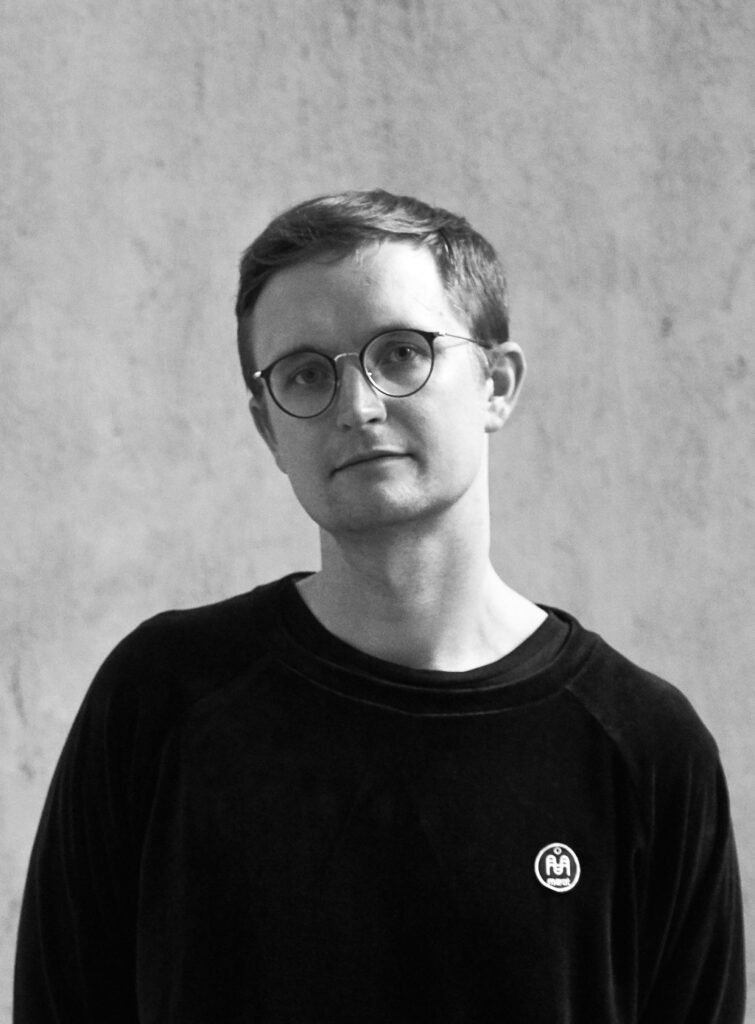
ROLAND REEMAA is an architect and educator
Urmo Mets: urban nature
Environment is in the air. In his essayistic prose, Hasso Krull writes about the environment as self-environment that nobody can escape, which is why environmental protection is primarily, and essentially, self-protection.
Depending on the source, between 60–80% of the world’s population lives in an urbanised environment. New dwelling area is often drawn from the account of arable land and natural groundcover. Inversely to the pressure placed on natural resources, expectations toward urban nature in the citified environment are growing. A sense of urban ecology is spreading in the air. Toward what direction are we headed in Estonia?
Development documents of Estonian local governments reveal that so far, the focus of urban landscaping has been on taking stock of, preserving, and taking care of what is already there, not so much developing it. The problem lies in ownership—how to preserve green areas that are in private property and located on unreformed state land. Using general design plans to appoint the function of green area to private land is complicated. Development of public park space is expensive and unaffordable for most local municipalities. Planting and preserving enough greenery during construction work is seen to in design documents and local government regulations, but these only ensure the bare minimum, they do not add spatial value. One possibility to create new value would be to inspire the private sector to do so.
In Hamburg, Germany, there is discussion on alleviating the effects of the climate crisis by limiting the building of private houses, as that taxes more heavily on the environment than other types of living quarters. Commands and restrictions will not take us far, instead in Estonia the local governments could develop special motivational packages that would inspire developers to make decisions that are more environmentally aware and sustainable, creating a positive outlook for both parties involved. Complementing urban nature could be one of the set goals. It could work on a simple principle—those who do more than the bare minimum will receive benefits from the local government. Specific proposals would need more comprehensive brainstorming and systemic analysis, I have outlined a few possible directions below.
When a homebuilder, real estate developer or other entrepreneur is expected to proportionally add to planting, landscaping and biodiversity, and simultaneously motivate the private sector to plant new trees and invest in greenery in the parks under the governance of the municipality, then what could the local government provide in return?
One option is for the local government to establish a loyalty credit system. This is where the local government develops and markets an environmentally responsible development platform. The website introduces principles of environment sustenance and lists entrepreneurs who contribute to the incentive. The developers are offered the possibility to hang a corresponding label on the front door of their office or newly completed apartment building. Popularisation of the system enables the developer, in turn, to use the gained status as loyalty credit to sell his/her services.
Another option is to diminish the parking norm. There are many developers who would prefer to not meet the standardised and strictly required parking norm but would rather do less. Underground parking lots are expensive to build and the massive ones in the open air look bleak and desolate. Usually, we can draw an equation mark between a diminished parking area requirement and greater greenery. While the principle of equal treatment and lack of political incentive has so far prevented governments from making exceptions, environmental gain could become the dealmaker. Why would some areas not diminish the parking norm of 1.5 to, let us say, 1.0 cars per apartment, all in the benefit of shared urban nature? In real life, we are talking about hundreds of square metres.
There are possibilities for concessions at the level of local government proceedings as well. The process of working through zoning plans and larger construction projects is rather lengthy. Although on paper all participants in the proceedings are deemed equal, the harsh reality is that some are often more equal than others. Why not provide those that contribute more to our urban nature with official accelerants to pass through the procedures more quickly.

URMO METS is an architect
Juhan Kangilaski: winds of change in the streets of Tallinn
While writing these lines, we have once again entered lockdown mode in Estonia. Joint indoor activities are prohibited, and spring weather has drawn more and more people to enjoy the outdoors whether on foot, by bike, or e-scooters. Many cities around the world reacted strongly last spring. Entire city-quarters became car-free, drive lanes keenly kept for cars were quickly becoming bike lanes. Residents have grown to enjoy a newly established freedom to move about safely in noise-free urban air, children feel safe to play in the streets and citizens are choosing to use bikes as a safer and healthier choice over subways and buses packed full of people.
Unfortunately, what is happening in Tallinn for a second year in a row feels like a déja vu. Appearing from beneath the vernal granite dust are the same old drive lanes, high curbstones and footpaths studded with lampposts where no two pedestrians can pass one another without one hopping onto the roadway. For a while now, Tartu has been hosting a functioning bike traffic system which users keep going up. Last summer, the central road in the city was turned into Car-Free Avenue. There have been similar proposals in Tallinn to test closing Rävala Avenue from car traffic to turn it into a shared living space for people and revive the streetscape of the city centre that is dying off on account of the Telliskivi and Noblessner districts. In an open discussion with the local societies, however, representatives of the city government found more excuses in a single sentence as to why that would be impossible, rather than considering the compromises that would make it possible.

The City of Tallinn ran for the title of the Green Capital of Europe, mentioning that bike sharing systems would be expanded further. Unfortunately, it is difficult to expand something that does not exist. Fortunately, our own developing start-ups are making headway. CoModule’s kick scooters under the Tuul brand are becoming increasingly durable and were fleeting through the streets of Tallinn throughout the winter season. Bolt is coming out with its own smart bike fleet in Europe, which will possibly reach Tallinn by the summer. As the saying goes, nature will not tolerate any vacancy—if you do not step up for the job, someone else will instead of you.
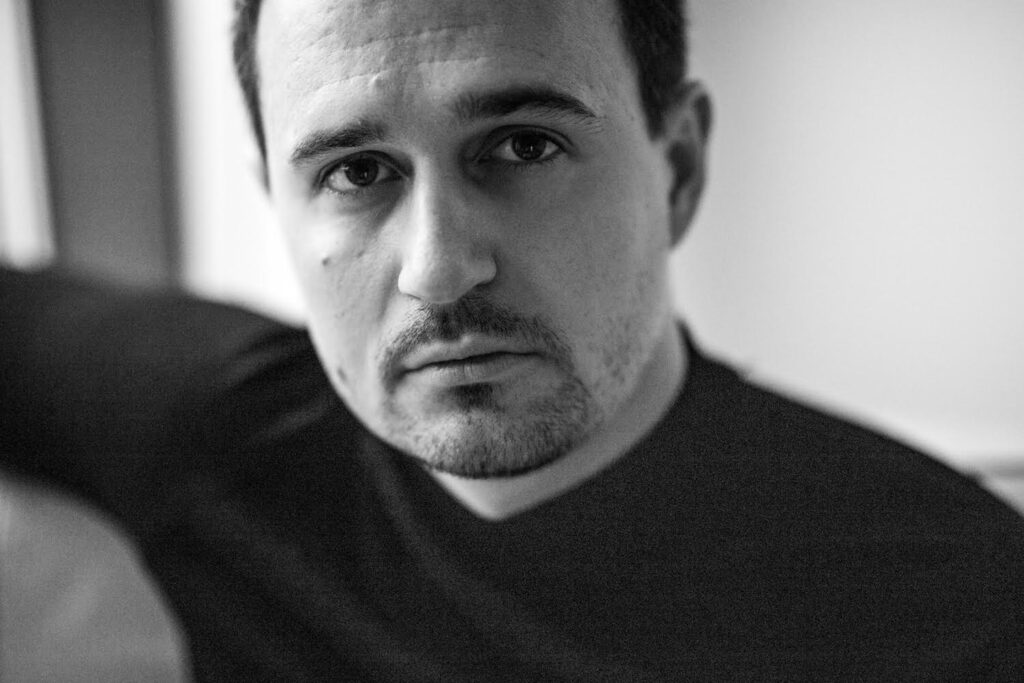
JUHAN KANGILASKI is an architect and entrepreneur
Andra Aaloe, Kleiti Kljavin: the East
The East is in the air. Looking toward the sunrise, you see something tearing. Is it really that dark blear, that thick dulling fume that has for decades kept Ida-Virumaa veiled from the eyes of the people untied to the region, making them unable to relate to it, even talk about it? What is happening? Where is the change coming from?
Could it be the fiscal injections from the EU to guarantee fair transitioning upon solving a complicated socio-economical challenge? That Ida-Viru bundle of problems called the ‘fossil fuel sector’, where the national security agenda (the talk about energy independence) meets the harsh reality of the environmental impact (disfigured land joined by embarrassingly high carbon emissions) and that unknown strange agent known as the local inhabitants (the population to whom the state has had their back turned on for the last couple of decades yet who are directly affected by the changes in the sector). Or is it just about time healing all wounds—generations change, conflicts stirred up by the identity policies from the times of transition from one societal order to another have had the chance to cool down and become mossed, just like the disarranged industrial landscapes have been covered up in forests, and rare orchids have settled on the hills of semi-coke and muck, turning these into keystone habitat? Or perhaps it is the result of a decade’s worth of lobbying work by the Ida-Viru tourism cluster to rebrand the place? A next-generation Klondaik where former oil shale quarries have been turned into adventure parks and enrichment factories have become museums. Or could we blame all those imported cultural events from the Nightingales of Kreml to Für Oksana that feed on the exoticism and aesthetics of the East?
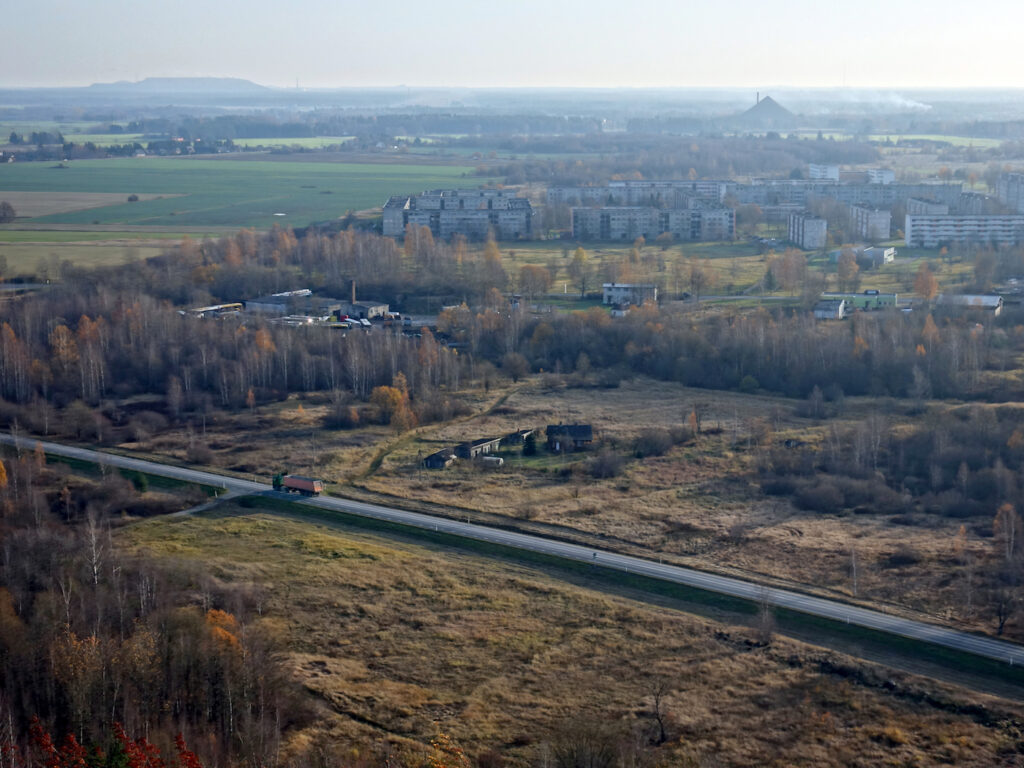
Who knows? But listen, it is tearing. When the seemingly impervious, thick haze of blazing fossils and the looming fear in front of the collective disappointment of neglected fellow citizens start to shift from above a monofunctional modernist panel-town in the fading periphery, some ordinary-but-special Estonian towns appear. Towns that are situated in an absolute centre of their own universe, despite the talk in Tallinn. The landscapes of Ida-Viru, where distinguishing between the rural and the urban, the man-made and the natural has become increasingly difficult, conceal something we might describe with the word, ‘hope’. These landscapes fit well with the modern structure of feeling; they speak of a future different from the one that was planned on in the past, but also that a different future is liveable and beautiful, despite the bleak outlook—these are environments of adaptation where a new future is being made.
PUBLISHED: Maja 104 (spring 2021) with main topic What’s happening?
1 See Jane Bennet, „Vibrant Matter. A Political Ecology of Things“ (Durham: Duke University Press, 2010).
2 Bennet’s claim stems from the concept of ‘agencement’ used by Deleuze and Guatter

